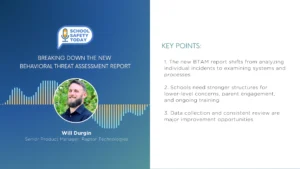What are Dual-Language Programs?
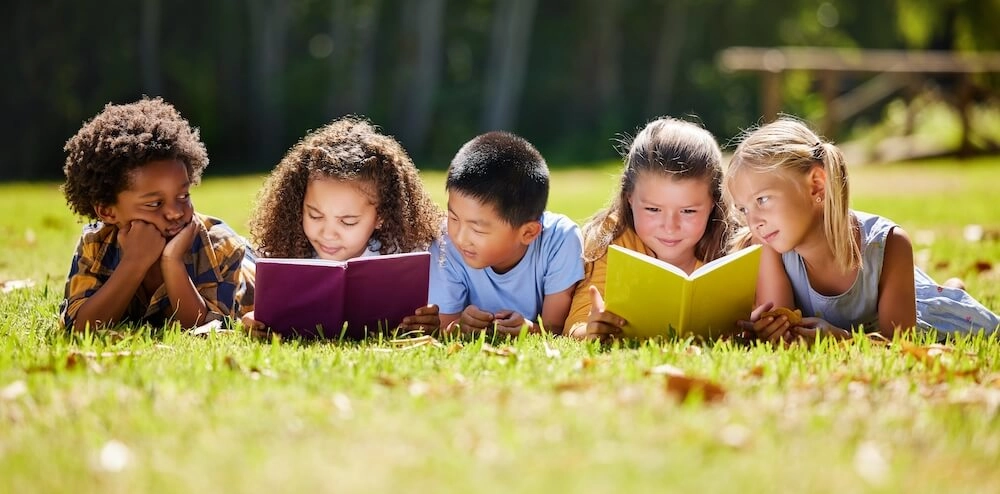
Most people have heard about English language learning programs for ESL, Multilingual, and Bilingual students. However, did you know there is a program that embraces dual-language immersion? Dual-Language Immersion Learning is a program where native speakers of one language – usually English – immerses themselves together with a group of students who speak another language – and then both groups of students can learn from each other all year.
In this two-part series, we will first focus on the basics of dual-language programs – what they are, how they work, and the varying challenges students and teachers face. In our next article, we’ll talk about the many benefits of dual-language learning, and how to overcome some of the challenges we currently see in these unique language learning offerings.
Dual-Language Programs
Have you ever wanted to speak two languages? Have you ever envisioned a life filled with different opportunities related to culture, travel, and various different career options? There are so many unique ways being bilingualism or multilingualism can change your life. From proven brain enhancement to expanding your list of career choices – the benefits are endless. However, how do we learn another language so easily? How can we offer this advantage to youth – especially when their brains are growing and soaking in language?
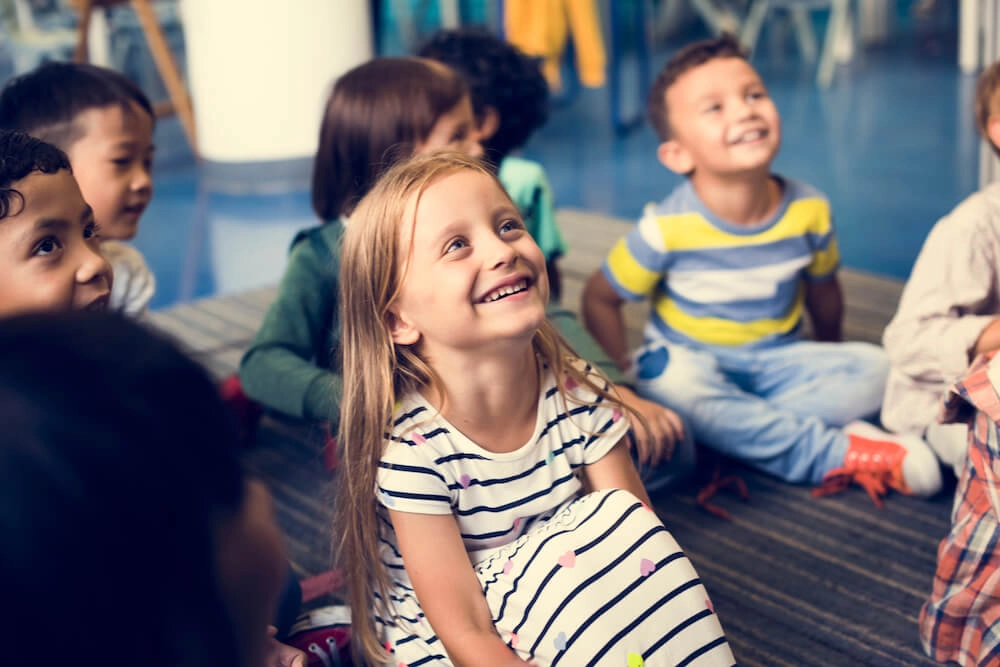
Dual-Language Programs might be the answer you’re looking for if you’d like your children or students to learn to speak, read, and even interact with two different languages. In this article, you will learn the definition of dual-language programs, how they’re set up and run, and the challenges dual-language learners and teachers face.
Today, dual-language programs are increasingly growing – as the list of many benefits for bilinguals and multilingual learners continues to grow.
Bilingualism Statistics in the US
21.6% of people in the United States speak another language other than English at home. According to the U.S. Census Bureau, one out of every five adults is bilingual. Also, according to Preply, 17% of the U.S. population can speak more than two languages.
Did you know? More than half of the world’s population can speak more than one language fluently.
Dual-Language Program Goals
A dual-language program is a form of bilingual education in which students are taught literacy and content in two languages.
The goals of these programs include:
- Developing high levels of language proficiency and literacy in two program languages;
- Becoming bilingual in an immersion setting;
- Developing an appreciation for and understanding of diverse cultures.
In the United States, dual-language programs are increasingly growing in demand because they offer many student benefits. According to the American Councils for International Education, the U.S. has approximately 3,600 dual-language immersion programs for the 2021-22 school year.
Most of these programs are offered in California, New York, North Carolina, Texas, and Utah – covering approximately 60% of the programs. The top five languages offered in dual-language programs across the US include Spanish, Chinese, French, Japanese, and German.
Dual-language programs provide students with the opportunity to become proficient in two languages. These programs are in various public school districts, charter, and private schools. Student participation rates can vary depending on location, school district policies, and the demand for dual-language programs.
Why are Dual-Language Programs Unique?
Dual-language programs provide a unique form of instruction where students simultaneously learn literacy and content (usually in English) and another language with their peers. Depending upon where you live, dual-language programs might be named as a two-way or one-way dual-language immersion program – or simply dual-language immersion. Programs can begin in preschool or Kindergarten and extend through high school.
Designing Dual-Language Programs
The most common type of dual-language program is a two-way immersion classroom. In this setting, students who are native in a second foreign language are integrated into the same classroom as native English speakers. Both of these groups learn together in English and the partner language. These programs benefit language learning by allowing students to immerse themselves fully in a language and improve their proficiency in their target language
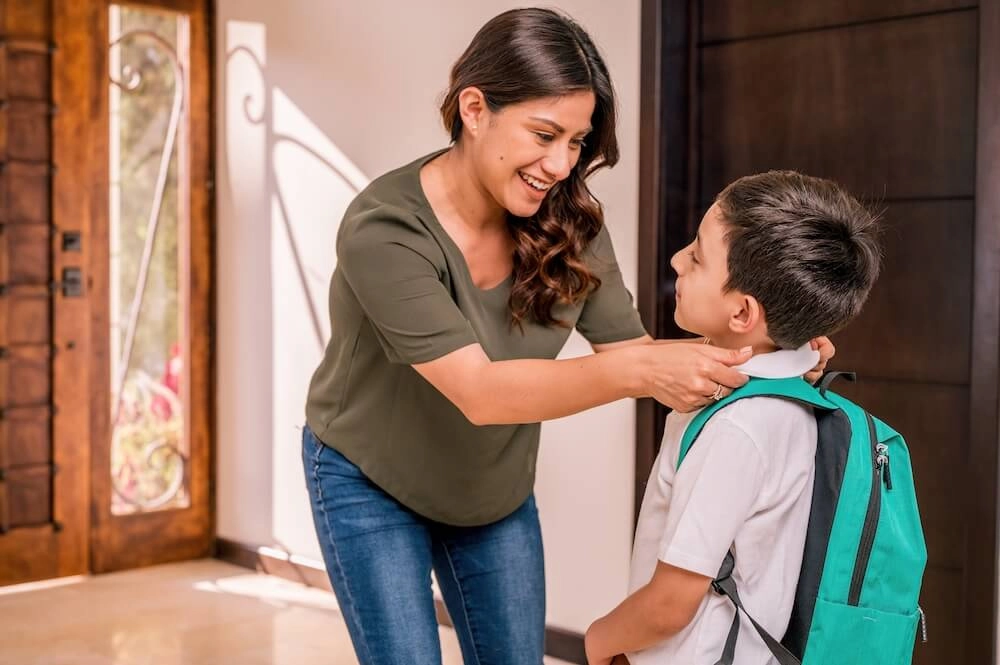
In an article via Newsweek, Hernandez states two kinds of dual-language programs exist. She says, “There are two top-rated models of dual-language immersion: the 90/10 model and the 50/50 model.
In the first model, 90% of instruction is conducted in the target language during the first year, with the remaining 10% taught in English. Each academic year, the ratio of instruction in English to instruction in the target language increases slightly until instruction is 50/50.
In the 50/50 model, coursework is half in English and half in the target language throughout the program.”
Edsource shares another type of program. They state, “Dual-language immersion programs are designed to teach students who are fluent in English and fluent in another language so that both groups of students retain their home language and learn a second language. Some programs teach students half the day in English and half in the other language starting in Kindergarten. In Kindergarten, other programs teach students mostly in a language other than English and gradually add more English each year.”
Dual-Language Challenges
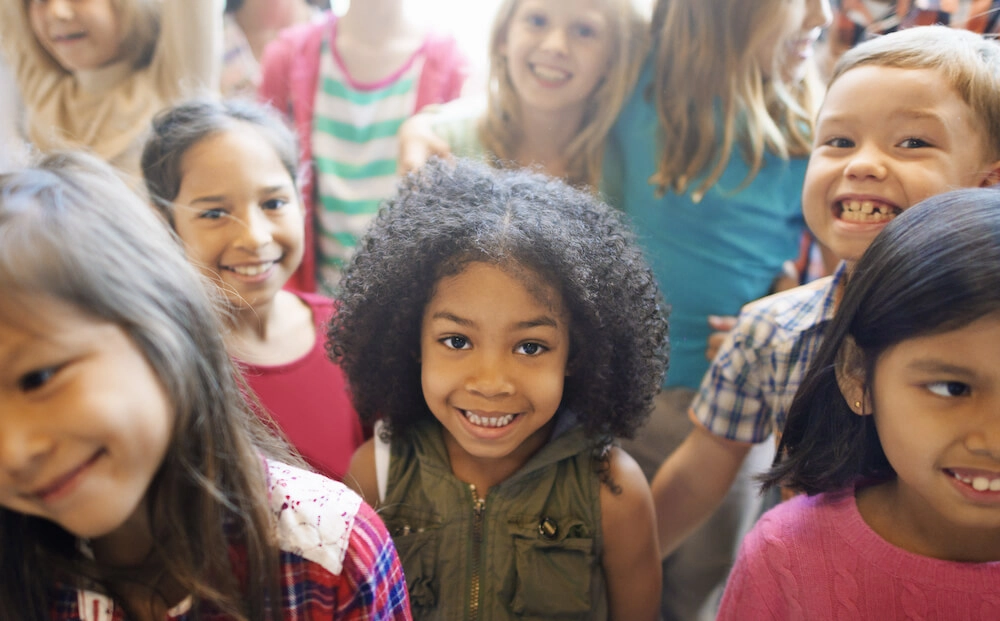
Language Proficiency Disparities
Students in dual-language classrooms may come from diverse educational backgrounds and have different levels of language proficiency in their native language. Teachers must understand each student’s background – both in their native country and where they are currently learning. Teachers can modify the curriculum by proficiency levels and educational experience with this knowledge at hand.
Balancing Academic Rigor & Content
Maintaining a healthy balance between academic rigor and language acquisition can be challenging – especially regarding curriculum development.
Teachers must be able to create a challenging curriculum that accommodates all learners. Also, students may need help grasping complex theoretical concepts if they are still acquiring proficiency in one or both languages. Teachers can strike a balance that supports language development while ensuring students are not overwhelmed academically.
Ongoing Educator Training & Resources
Teachers who work in dual-language classrooms need specialized training to address student needs. Teaching in two languages can be a significant challenge. Giving teachers as much support as possible is critical – including ongoing professional development, access to digital programs, teacher support tools, and other resources to make the program successful.
Social Dynamics & Student Peers
Social interactions in a dual-language classroom can be complex. Due to human nature, students can be drawn toward each other based on common language, heritage, and cultural backgrounds. Teachers must ensure that students don’t form gr that exclude their peers. For example, students can feel isolated or struggle to integrate socially, impacting their overall well-being and engagement in the learning process. Teachers must actively foster a welcoming environment for all – one that encourages positive peer relationships across linguistic and cultural boundaries.
Cultural Adjustment
Dual-language classrooms bring students together from different cultural backgrounds. They have unique cultural perspectives, histories, traditions, and norms associated with each language. Some students may need help with the cultural adjustments required to navigate and understand the social dynamics in the classroom, potentially impacting their overall learning experience.
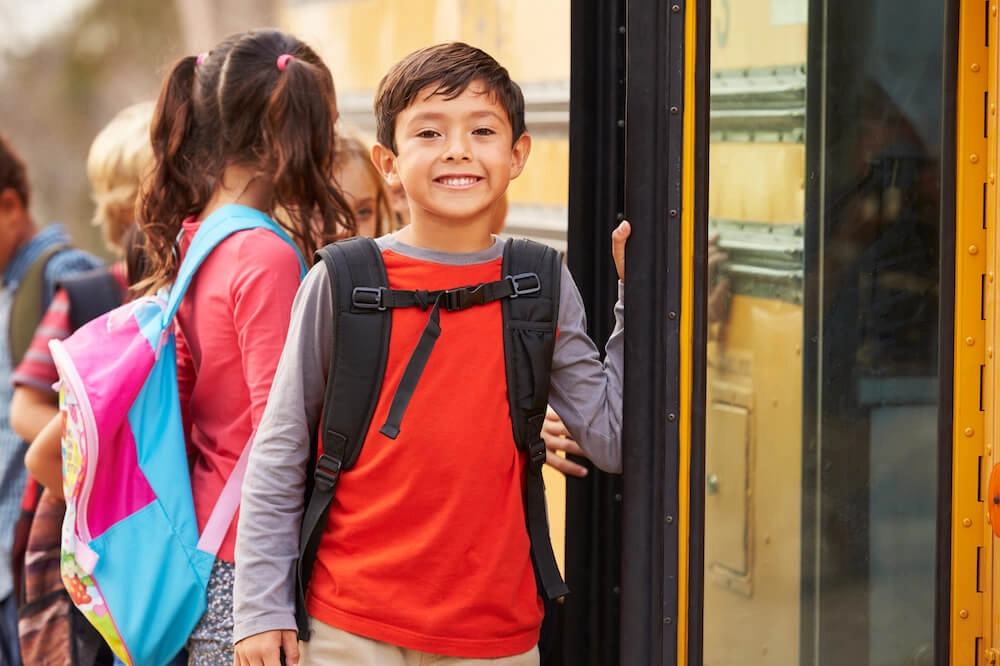
Measuring Success In Dual-Language Programs
It is important to remember that we should never discourage students from speaking their first language because it helps students thrive in many different ways.
Also, each dual-language program can be slightly different. Therefore, it is essential to note that the set-up, instruction style, class requirements, and type of each program can vary.
Choosing which type of language immersion program to offer or attend will depend mainly on the goals of the language learner – incorporating variables such as native language, background education, language levels, and motivation.
Why Dual-Language Programs are Effective
Dual-language immersion programs are effective because they encourage non-native English-speaking students to master English while holding onto their native language. Also, dual-language programs help students who are native English speakers learn a second language while being fully immersed in a new culture along with their classmates.
The benefits for both students are tremendous, and we’ll get into that topic in the next article.
Supporting Dual-Language Learners
Dual language learning can be challenging. While these programs often help students thrive at school and home, some learners will need extra help along their journey. Parents and teachers play a significant role in supporting dual-language learners. Once students become fluent in English, they often begin to teach their family members, too – so there is a win for everyone when it comes to learning two languages.
Teachers should always encourage parents to support their child’s learning at home by speaking in the target language while maintaining their native language.
Have you ever taken part in a dual-language immersion course? What were some of the challenges and benefits you found?
In our next article, we’ll talk more about meeting the challenges in dual-language programs, how to keep students engaged and involved, along with the many benefits that speaking more than one language can bring you!
Please be sure to stop by our LinkedIn page for new articles, announcements, and job openings!







